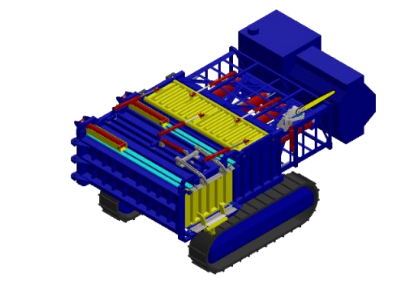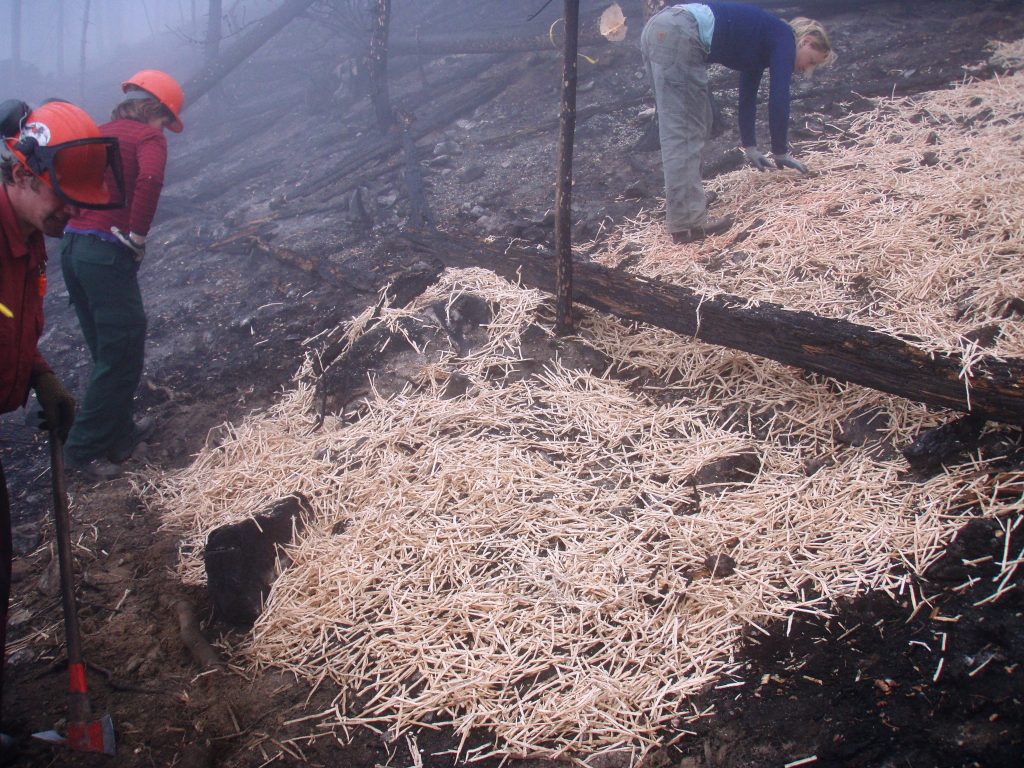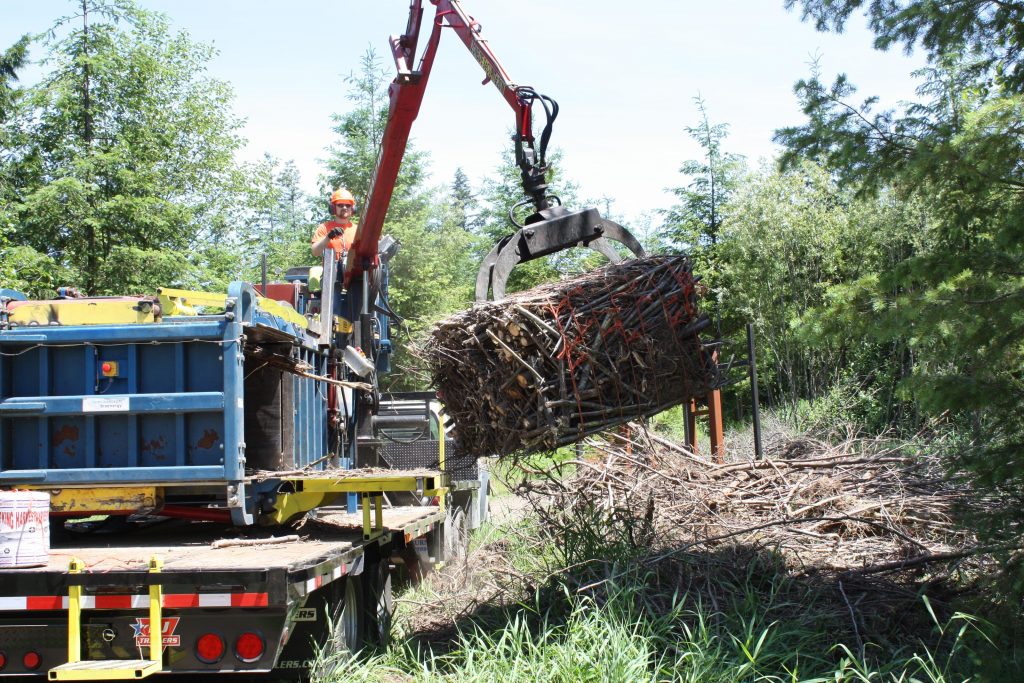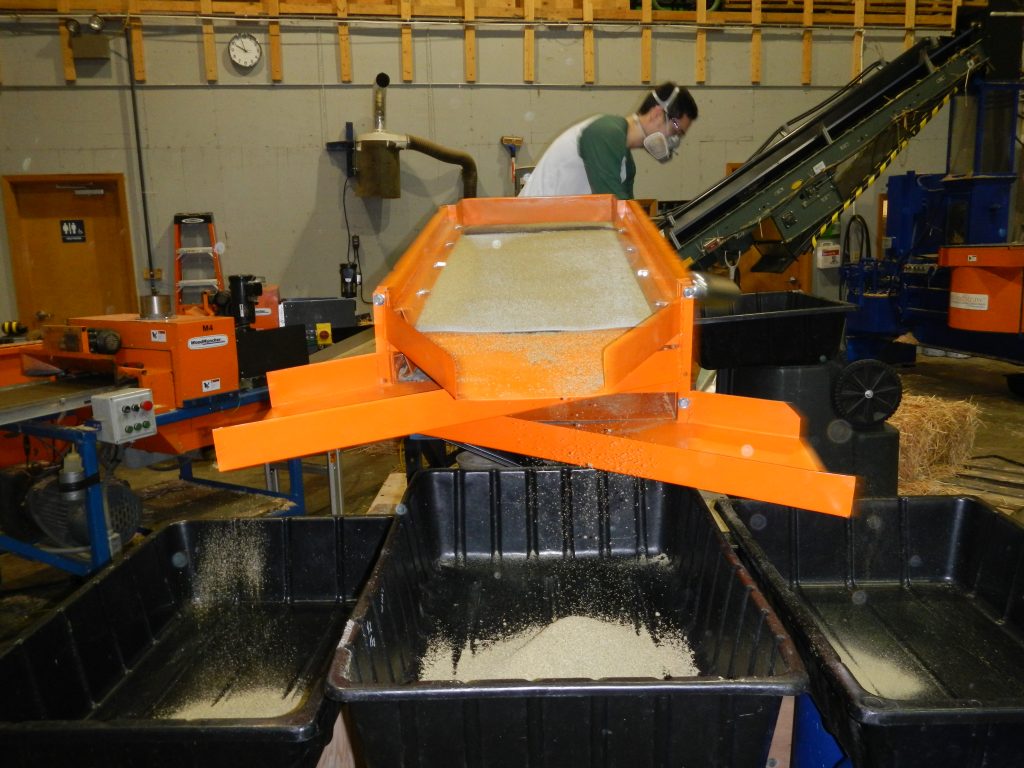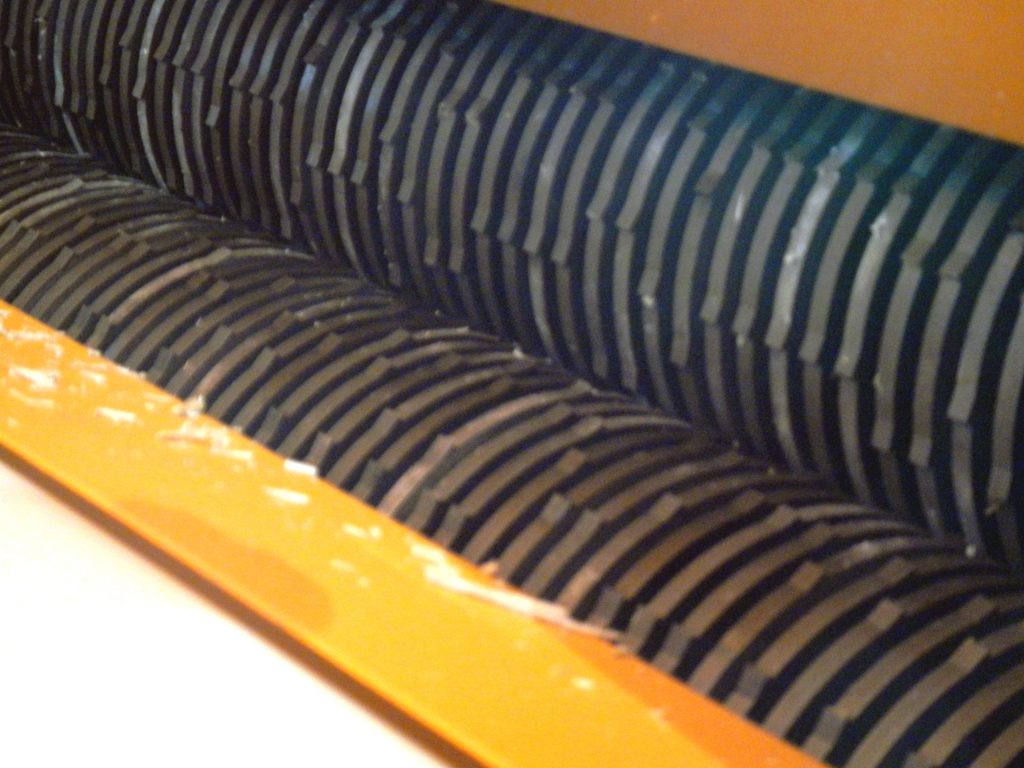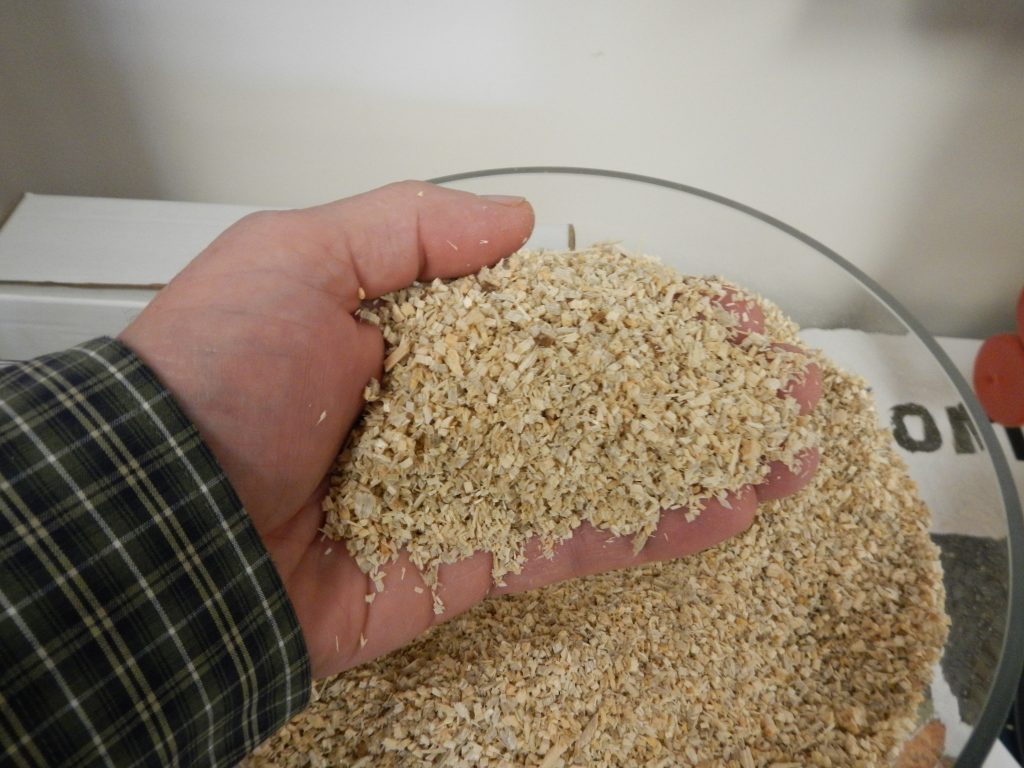Field Experience with Wood-Strand Erosion Control Mulch on Mine and Pipeline Projects
Abstract Soil erosion is a significant risk during and after grading operations on mine and pipeline sites. A range of materials are commercially available to reduce the erosive effects of wind and/or rainfall, including agricultural straw, hydraulic mulches, and rolled erosion blankets. Each of the conventional materials have limitations sufficient enough that federal agencies supported …
Field Experience with Wood-Strand Erosion Control Mulch on Mine and Pipeline Projects Read More »


